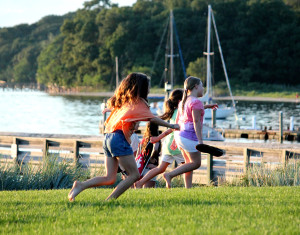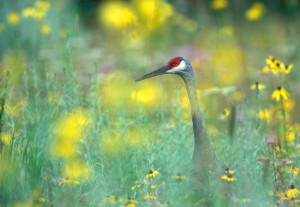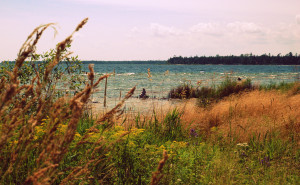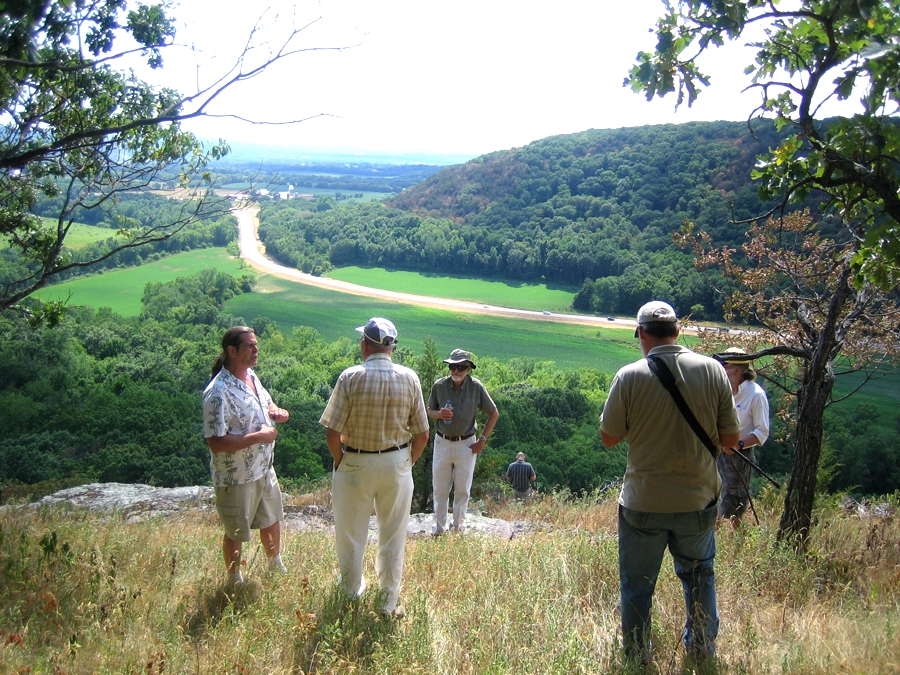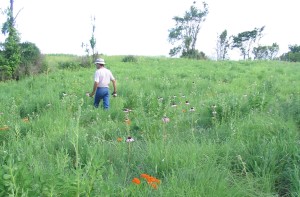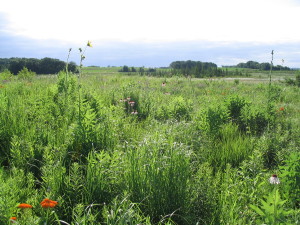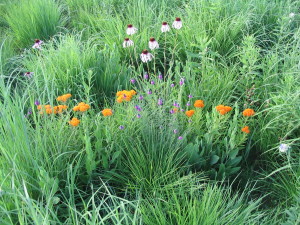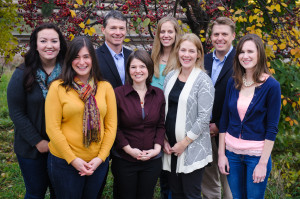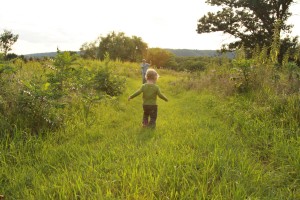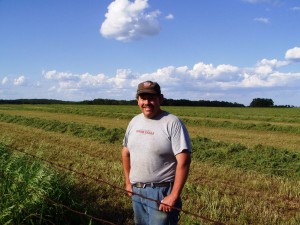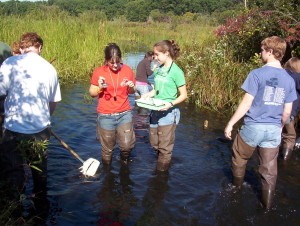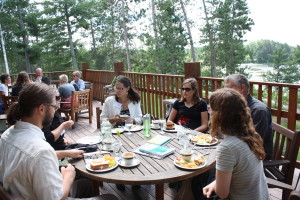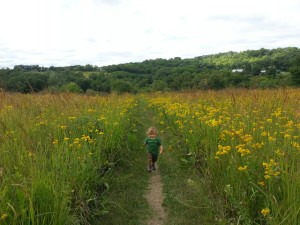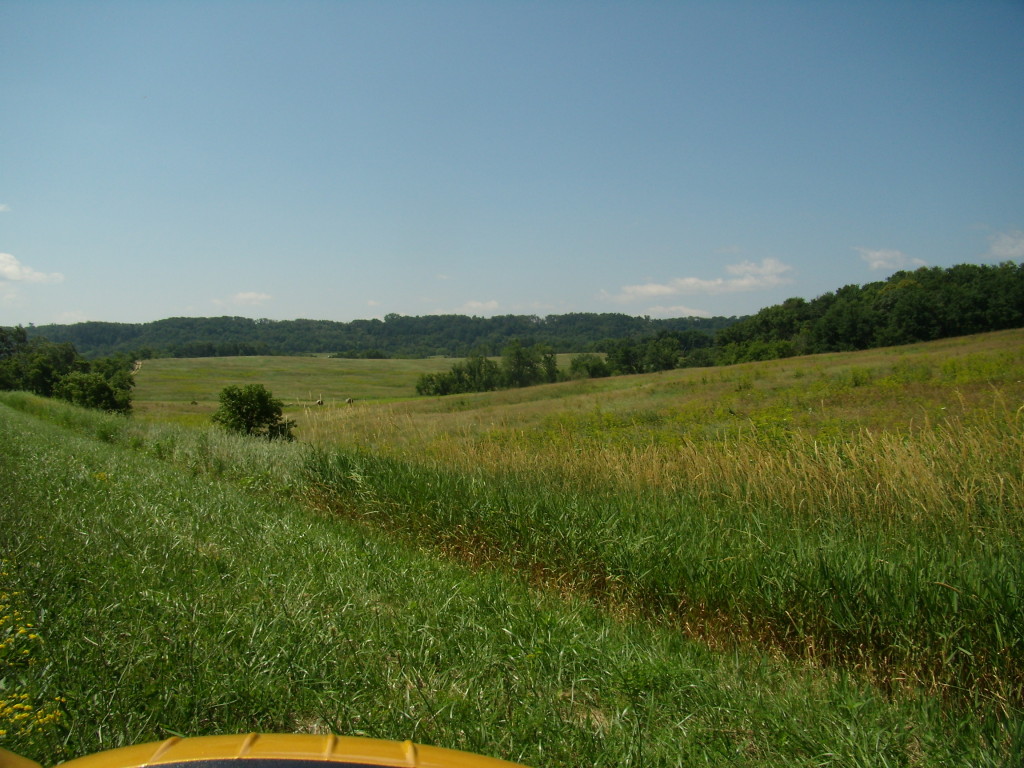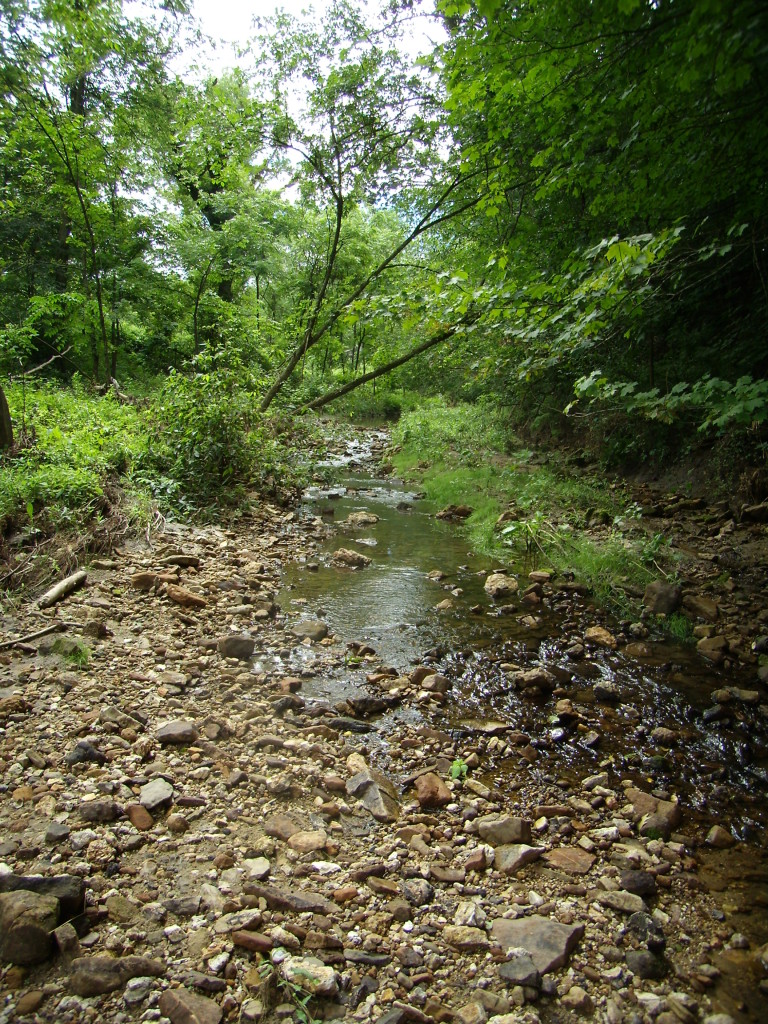Chippewa County Land Conservancy: Joas Park Nature Preserve
The following blog post was taken from the Chippewa County Land Conservancy 2011 Newsletter.
If you had been traveling from Eau Claire to the wilds of Chippewa County at the beginning of the last century, you might have taken the “Interurban” towards Chippewa Falls, stopping short at Stafford’s Crossing. The trip would have cost 14¢, and from there you might have continued your trek on foot going northwest toward the countryside southwest of Chippewa Falls.
If you had taken that trek, you’d have passed through what is now the Joas Park Nature Preserve. After a short walk to an overlook, the trail you’d be following would have descended into an enchanted valley to cross a trout stream and continue on through a dry oak woods to the farms that lay beyond.
That young traveler might well have been unaware of the ownership of this parcel of land, and it would probably not have occurred to him to care much. As it turns out, the land has been in the family of Joe Joas since 1906, when his uncle C. J. Zeitinger acquired it in trade for a grist mill in Fond du Lac. He sold it to Joe’s father the following year, and Joe became the owner in 1959. In November, 2010, Joe Joas sold the property in a sale/donation arrangement to CCLC.Funding for the purchase came from Chippewa County’s Stewardship Fund.
The property, which is crossed by Misty Creek, hasn’t changed much from the days of our turn-of-the-century traveler, and now the public can forever traverse the paths to enjoy this pristine enchanted island located at the north edge of the Village of Lake Hallie.
Despite its proximity to the urban area, the site has been never developed, isolated by both topography and railroads bordering it on two sides. In fact, that lack of access delayed the acquisition of this property for a decade while the former owner and the CCLC tried to figure out a way to obtain legal public access.
The solution came in the acquisition of the former Canadian National RR by the DNR and City of Chippewa Falls for a recreational trail. While not the most direct access, and not open via motorized vehicles, the property is now legally accessible to the public. As a bonus, its location along the future bike trail will provide a destination for bicycle riders to stop and enjoy, for exploration, study, or a picnic stop.
In the decade of exploring acquisition of this property, CCLC has gotten a chance to learn a lot about its assets, including surveys, appraisals, and biological inventories. In addition to the dry woods and trout stream, it includes ponds and marshes, ravines, steep hillsides, and seeps. This variety of habitats, along with its protected location, makes it an excellent location for a wide variety of plant and animal species.
Despite its natural appearance, some tree planting has occurred over the years, including a series of red and white pine plantings along the southwest property line in 1948 and 1949-1955 in honor of the Wisconsin state centennial, and in the ravine along CTH J. The family used to cut oak firewood from the property years ago, and a relatively small open field has been rented to farmers.
But for Joe Joas, it was always a place to go for a walk to enjoy nature. He attributes his longevity to the walks he has taken there over the years. His wish is for the property to continue to be enjoyed by the public for nature walks for many years to come.
We hope Joe has many years to continue his treks through the Joas Preserve on what has been named the Zeitinger Trail, named after the uncle that started the legacy back in 1906.
